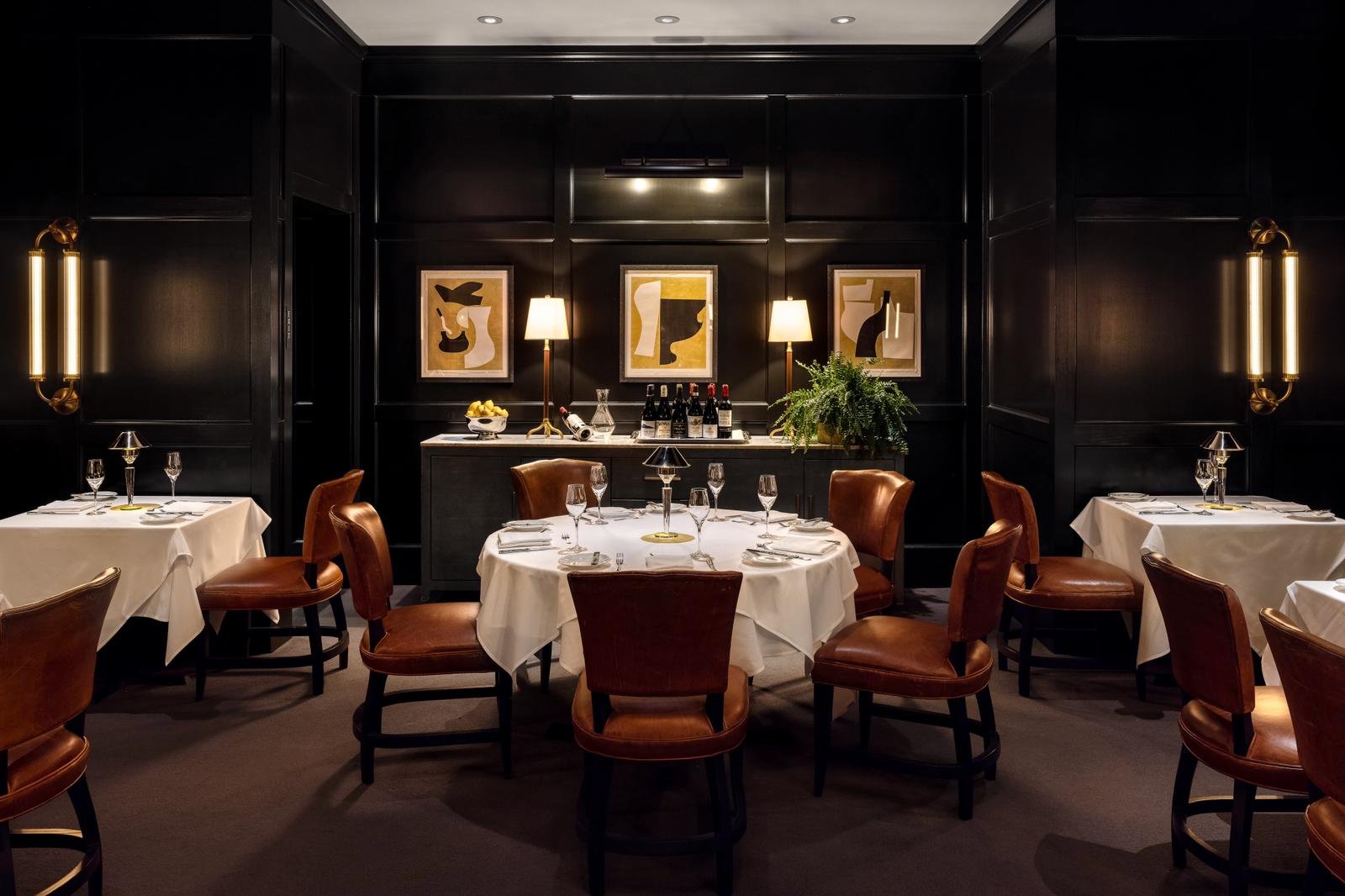Interior design is often seen as a pure aesthetic pursuit, concerned with color palettes, furniture placement and designing visually pleasing spaces. Interior designers are able provide a variety of services, which includes aesthetics. Interior designers are the architect of our living space and determines how it appears and feels.
The User’s Needs: Beyond the Makeover
Interior designers aren’t just projecting their ideas onto a space. Instead, they work as collaborators, taking the time to learn about the needs and desires of the person using the space. This includes in-depth discussions on how they live, their preferences for functionality, and even emotional aspirations of the space. Do you require a tranquil sanctuary to unwind after a long day? Are you looking for a space to encourage creativity and efficiency within your home? By understanding your needs then the designer can design a space that truly supports the daily routine.

The Science Behind Style to maximize flow and Functionality
Interior design goes beyond surface-level aesthetics. Interior design is a science that involves space planning, ergonomics and creating the most efficient flow within a given room. It involves creating specific areas for specific tasks, increasing storage solutions, and ensuring that furniture arrangement encourages interaction or privacy when needed. An area that is well-designed feels natural and easy to navigate, increasing productivity and overall well-being.
Beyond Walls and Furniture – Generating Mood & Atmosphere
Lighting is one of the most important elements in creating the mood and atmosphere any space. A professional interior designer is aware of how to make use of natural and artificial light to create specific spaces. Lighting that is dim, strategically placed lamps, and the clever use of natural light can transform a space that was once a bustling workspace into a calming retreat. Materials and colors also evoke emotions. Cool tones promote calmness as warm tones increase the feeling of energy.
Beyond Trends Designing to Last
A room that is well designed should stand the test of time. The latest trends may come and go however it’s essential to have a space that is able to stand the test. Interior designers who excel at their craft recognize the significance of timeless design. They utilize classic elements, high-quality material and other features that will remain trendy over the years. However, this doesn’t mean you have to sacrifice your personality. It is about creating a space that allows customization by adding individual features and accents that reflect the latest trends. See more at Interior designer San Francisco
The Art of Telling Stories: weaving personal narratives with Design
Interior design is a potent storytelling tool. A skilled designer can tell a story using furniture, artwork and other decor items that reflect the character and interests of the home owner. You can do this by utilizing family heirlooms and artwork that reflects your passions. Additionally, you could incorporate design elements that are a reference to your preferred travel destinations. A well-designed space reflects the personality of its inhabitants, creating the impression of being at home and feeling connected.
The investment in well-being: Making plans for mental and Physical Health
The interior style of our homes has huge influence on our mood. According to studies, cluttered areas can cause stress and anxiety. But natural daylight and green spaces can promote calmness and happiness. Interior designers are taught to understand the connection between mind, body, spirit and design spaces that help their needs. This could involve incorporating biophilic elements such as plants, maximising natural light and creating designated relaxation zones.
Building Homes, and Not Just Houses
In the end, the real power of interior design lies in its ability to transform a house into an ideal home. A skilled designer can make an environment that is reflective of your character and lifestyle by taking into consideration the requirements of the people living there, and focusing on aesthetics, functionality, and atmosphere. If you’re thinking about designing your home think beyond aesthetics. The investment in a space that promotes wellbeing and stimulates the imagination can help you prosper.
